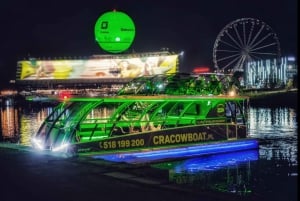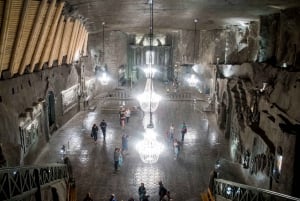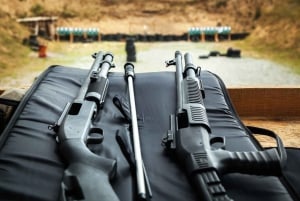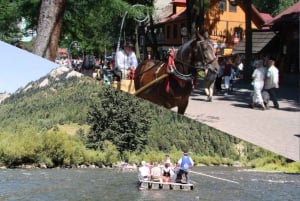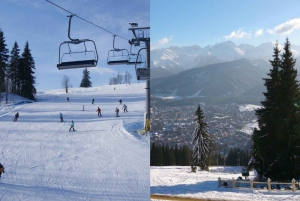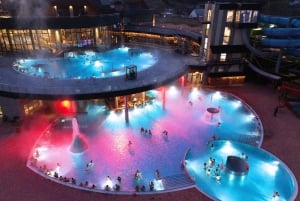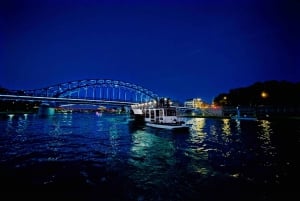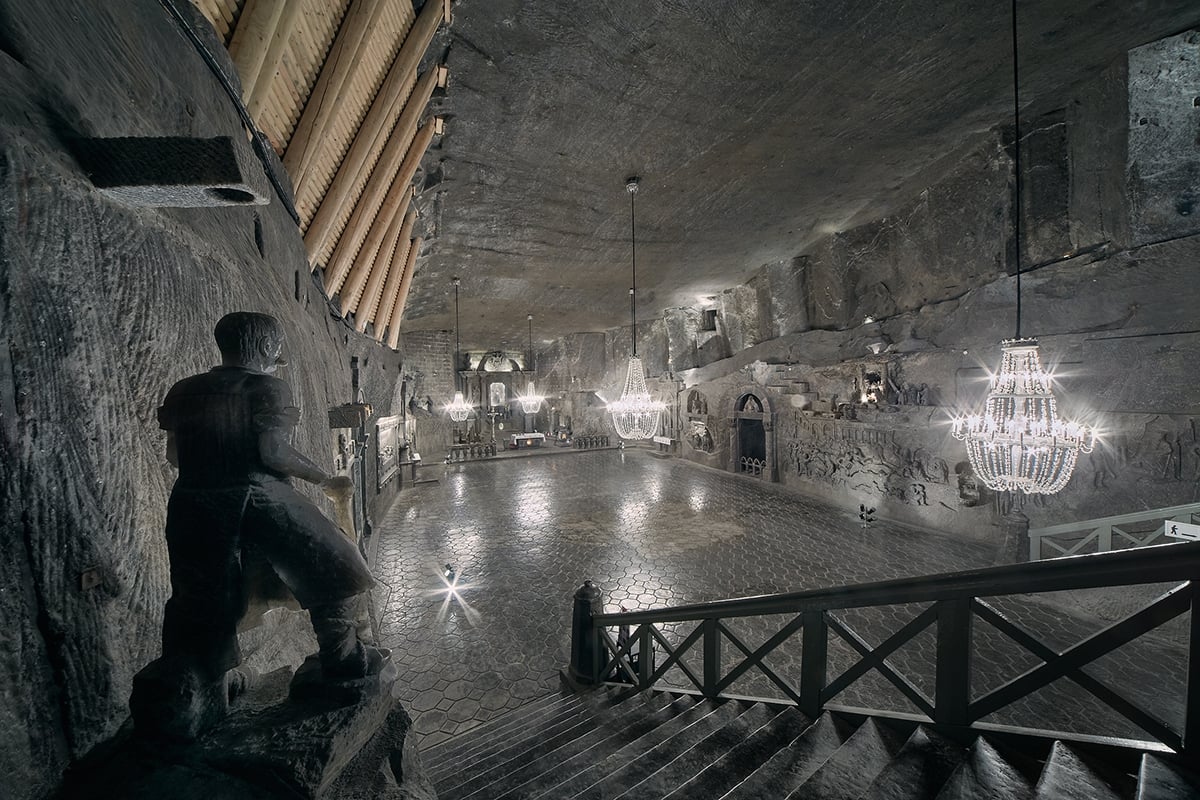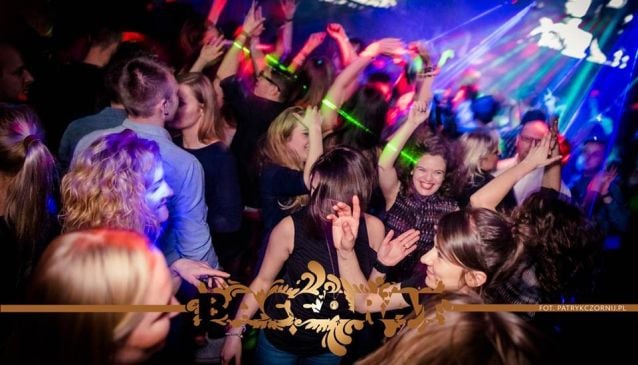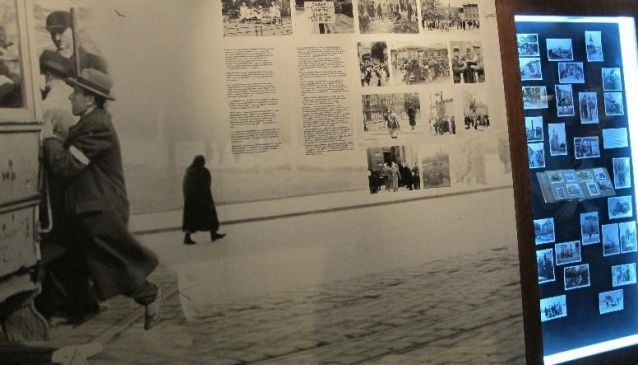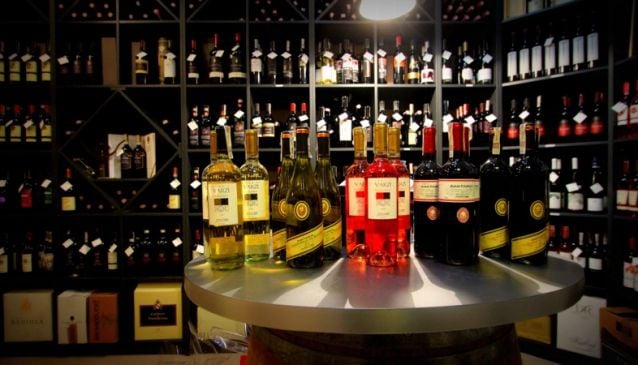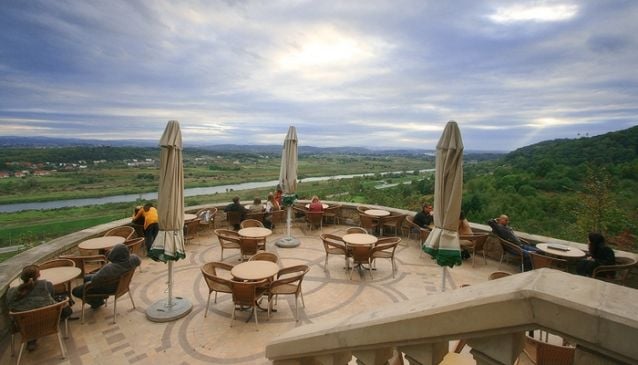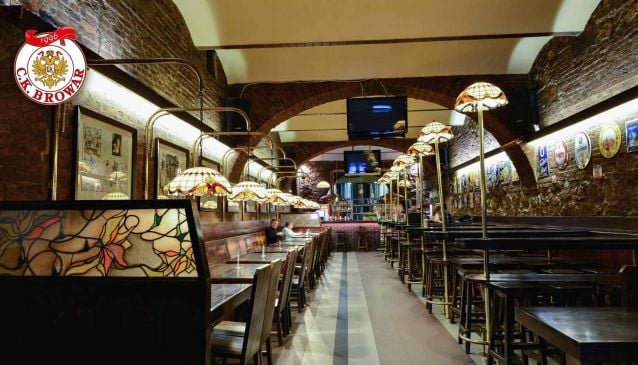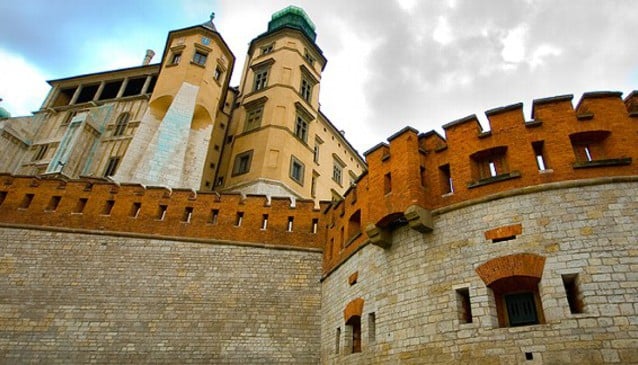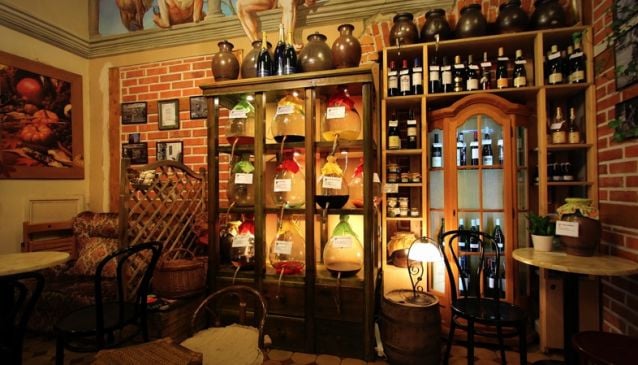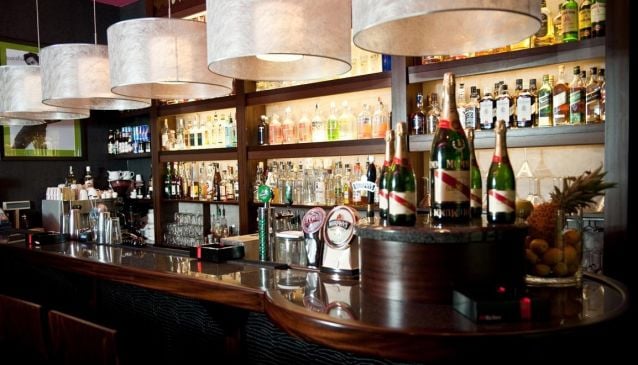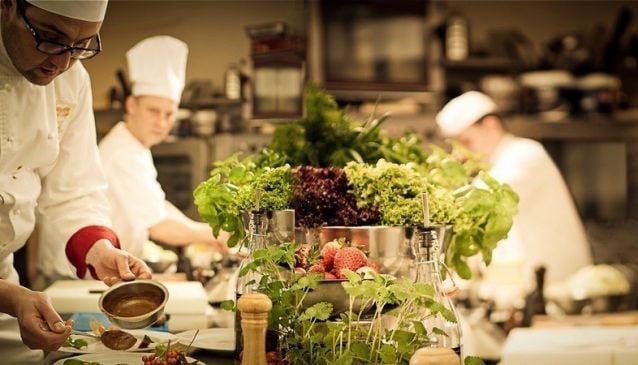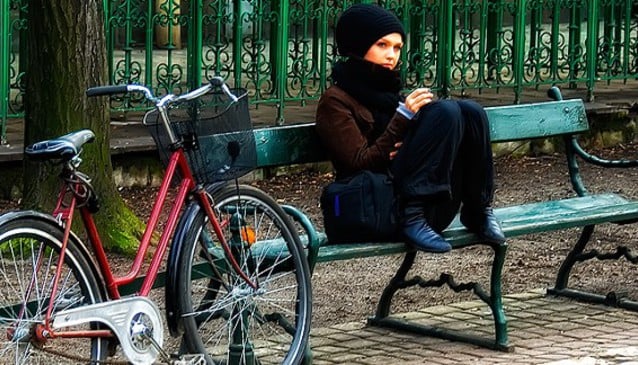Krakow Regional Info (App Version)
Krakow is Poland’s second city and cultural capital. Its vast medieval Main Square is the centrepiece of a town steeped in history and great architecture, whilst its innumerable bars, cafés, restaurants and clubs offer limitless refreshment and entertainment.
The continental climate contrasts long warm summers with fairy-tale white winters; whether young or old, culture enthusiast or hedonist, Krakow has something for everyone.
Krakow’s main square is the largest medieval market square in Europe.
The enamelware factory where Oskar Schindler employed (and ultimately saved from the holocaust) over 1,000 Jews is now a museum.
Every hour on the hour, a trumpeter plays the ‘Hejnal Mariacki’ from the higher of St. Mary’s twin towers.
Karol Wojtyla was Archbishop of Krakow prior to becoming Pope John Paul II.
There’s a fire-breathing dragon below the ramparts of Wawel Castle.
607624
Polish
Central Krakow has two main districts: the Old Town, which sits around the Main Square and is ringed by the green Planty Gardens; and the old Jewish Quarter, or Kazimierz, which lies to the south of the Old Town.
The Old Town is noted for its abundant historic architecture and churches, generally in excellent condition and giving rise to the nickname ‘the Northern Rome’. Spared most of the destruction that visited Poland during the 20th century, Krakow’s many beautiful buildings made it one of the earliest entries on UNESCO’s World Heritage list in 1978. The Old Town is noted for its many bars, commonly located in cellars with arching brick ceilings, although every visitor should take advantage of the open-air terraces in the Main Square at least once.
Kazimierz is where the bulk of the city’s synagogues may be found, and although not all are in active use, nevertheless in recent years there has been a strong revival in a city Jews considered home for centuries prior to World War II. The annual Jewish Culture festival draws tens of thousands from around the world. Since the millennium, Kazimierz is also where the more fashionable, or hip, nightlife can be found, with the focal point being Plac Nowy and the surrounding streets. Plac Nowy also hosts a hugely popular flea market on Sunday mornings.
Krakow has many museums and galleries, noteworthy being the Schindler Museum in Podgorze, the Rynek Underground Museum in the Main Square, the National Art Collection in the Royal Castle, the many branches of the National Museum and even the Polish Aviation Museum, a half hour by tram from the city centre.
Away from the city centre, other nearby attractions include the vast and historic salt mine at Wieliczka, the Benedictine monastery at Tyniec – perhaps best visited by boat along the River Vistula, various national parks such as Ojcow and – on a more sombre note – the Auschwitz-Birkenau former concentration camp. Alternatively, the ski resort of Zakopane lies 100 km to the south in the Tatra Mountains, close to the border with Slovakia.
For the shopping enthusiast, high street names sit shoulder to shoulder with antique shops and local businesses, while there are up-to-date malls dotted around the city, many featuring multiplex cinemas. Truly, for today’s visitor, Krakow offers a taste of history with all modern conveniences.




